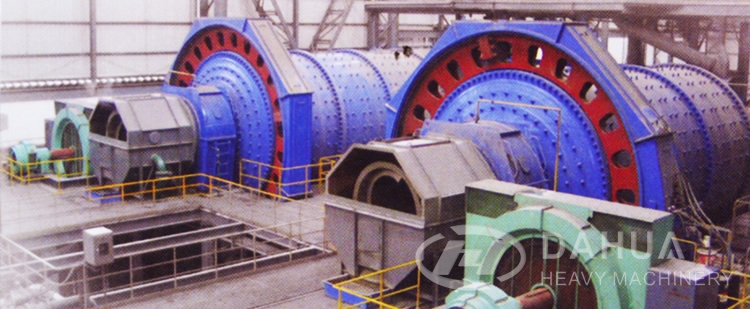When determine the actual rotation speed of ball mill, some main factors should be considered. Since the actual rotation speed is differ from the theoretical rotation speed, we need to consider the following factors like mill diameter, production mode, liner plate shape and so on.

a. Mill diameter: If the ball mill diameter is larger, the rotation speed can relatively be reduced. On the contrary, should be higher. For the same grinding medium with the same ball diameter, the larger the mill diameter, the higher the crushing power (i.e. kinetic energy).
b. Production mode: In wet production process, the lubrication function from the water reduces the friction coefficient inside the medium and the friction between the medium and liner plate, and generates large relative sliding. Under the same condition, the rotation speed in wet process is higher 5% than that in dry process. When operate ball mill in closed circuit, since the materials flow speed is fast, the production capacity is high, the rotation speed is relatively higher in closed circuit than in open circuit.
c. Surface shape of liner plate: The liner plate surface with rib can reduce the relative sliding stroke of the grinding medium, and increase the lifting height. Therefore, the rotation speed is lower than that of smooth liner plate.
d. Filling coefficient and type of grinding medium: The smaller the filling coefficient, the large the relatively sliding, and the higher the rotation speed.
e. Material properties, feeding granularity and grinding granularity: The rotation speed is lower when grind the small block of materials compare with the large block of materials under the same condition. When grinding the fine particle, it mainly has the effect of grinding, not impacting crushing.

